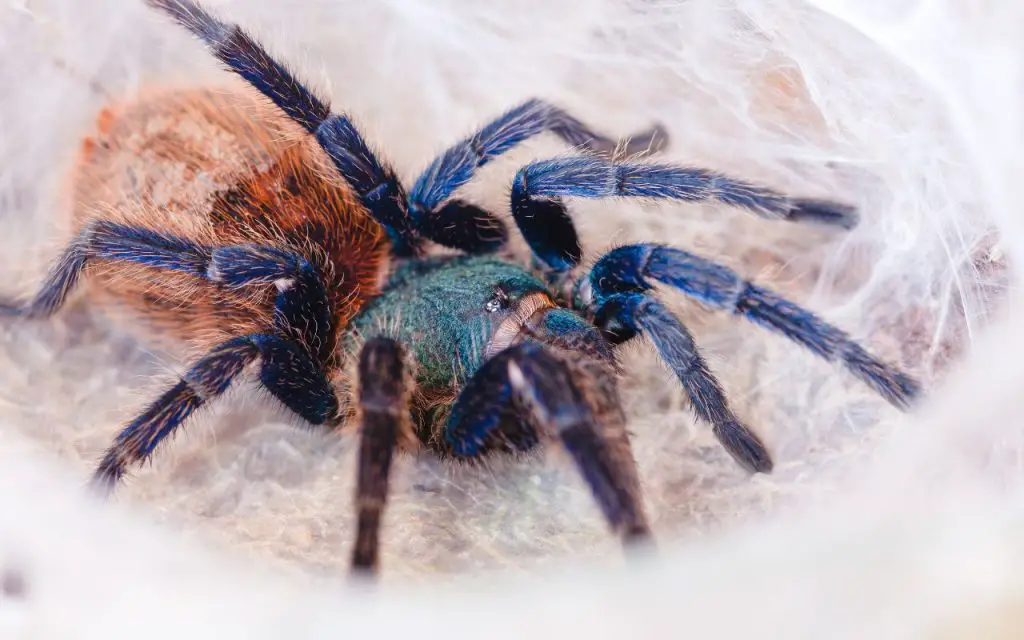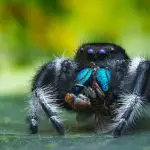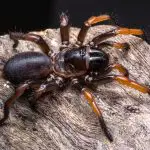Last updated on February 8th, 2023 at 01:37 pm
Tarantulas are an ancient group of spiders with some unique adaptations. Let’s learn some interesting facts about tarantulas to find out what makes them so special…
Ever wonder why these spiders seem so different to others? Well, it’s a combination of their evolutionary heritage, and their ecology. Tarantulas are nocturnal predators and their bites inject venom into their prey. They have four pairs of legs and some even have urticating hairs. In addition, tarantulas have been known to live in the wild for millions of years – making them some of the oldest spiders. Listed below are some interesting facts about the tarantula.
Tarantulas are nocturnal predators
Unlike many other arachnids, tarantulas are nocturnal and hunt for insects at night. They catch their prey through ambush and impale it with their fangs. The venom that they eject aids in the disintegration of their prey’s flesh. They can also crush their prey with their mouthparts.
A tarantula’s diet includes a variety of insects, including mealworms and crickets. A larger specimen can also eat a pinky mouse or a small lizard. When feeding a tarantula, start slow and gradually increase its food consumption after it grows to two inches in length. This process can take several hours. In general, however, a tarantula’s diet should be based on its own preferences and lifestyle.
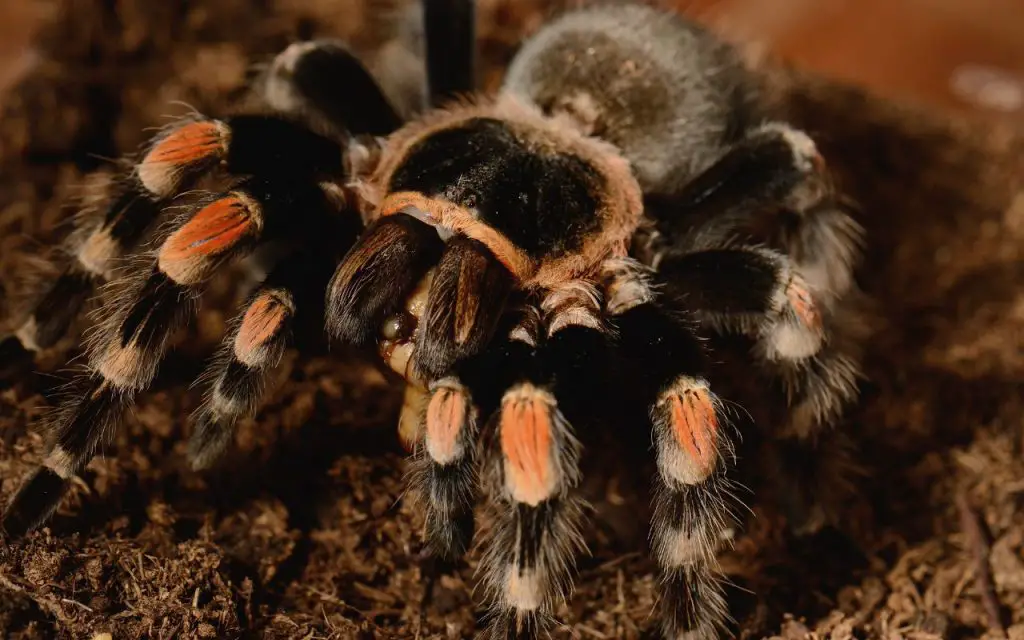
They bite prey to inject venom
A tarantula is a spider that is not generally dangerous to humans if it bites a person. While tarantulas are not capable of serious envenomation, many species have urticating hairs on their abdomens. These hairs can be irritating and may stick to human skin and mucous membranes. As a result, a tarantula may inflict an itchy skin rash or irritated eyes.
Though tarantulas are mostly harmless pets, a 45-year-old man in Switzerland recently suffered from a serious allergic reaction after a tarantula bitten him. The 45-year-old man complained of severe muscle spasms and chest pains. Although there is no definitive evidence that tarantula venom causes any sort of injury, it is known to cause allergic reactions and can lead to difficulty breathing, a rise in heart rate, and swelling of the lips and throat. A severe allergic reaction can even result in a person suffering from low blood pressure and loss of blood flow.
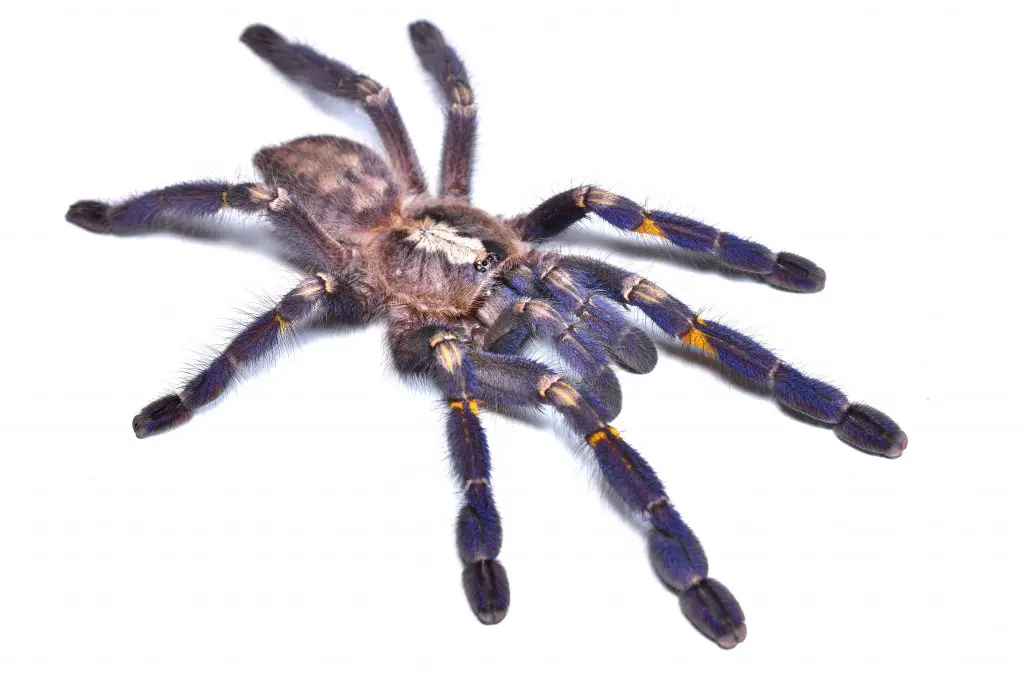
They have four pairs of legs
A tarantula is a spider that has four pairs of legs, as well as two additional pairs of appendages, called pedipalps. The latter pair is used to grasp prey and assist in mating. The legs of a tarantula are short and straw-shaped, and they must crush or predigest their prey before swallowing it.
All arachnids have four pairs of legs, although insects have only three pairs. The number of legs is more important than the individual leg. In addition to this, tarantulas have eyes and sensory hairs to aid in sensory perception. They also rely on vibrations to hunt.
Tarantulas can detect both the direction of the wind and pheromones given off by their prey.
They have urticating hairs
Urticating hairs on tarantulas are not always harmful to humans. They can be mildly irritating and painful when held to the face. Noentheless, it is true that the urticating hairs on a rose tarantula were once buried in a three-year-old boy’s eye.
Because they are small, they cannot be easily removed, and occasionally they do cause a bad rash. The urticating hairs on a Goliath Birdeater are larger and can burn the skin.
Urticating hairs are not common on all types of tarantulas, but they are a unique feature of a few species. Unlike old world species, which have no urticating hairs, new world species like the Mexican Red Knee do, and use them for defense. Their urticating hairs are similar to those of jellyfish and cnidarians, which use stings to envenomate their prey.
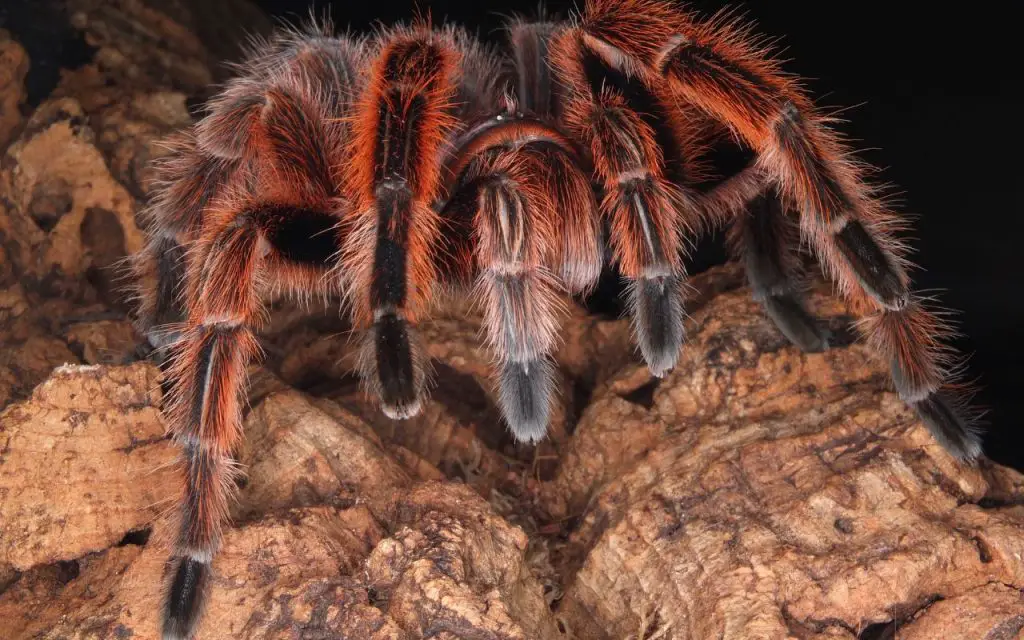
They have two sets of book lungs
While most spiders, like the Six Eyed Sand Spider, only have one set of book lungs, tarantulas have two sets. Book lungs are hollow cavities that contain haemolymph and air. Book lungs contain air in between the plates and help the spider to breathe. They are arranged in layers like enclosed pages. The book lungs are so named because of this unique structure.
Book lungs are very similar to scorpion tracheae and trabeculae, which are two features of arachnid respiratory organs. In fact, fossil arachnids have a similar book lung structure to their modern cousins, which supports the theory that all arachnids share a common terrestrial ancestor.
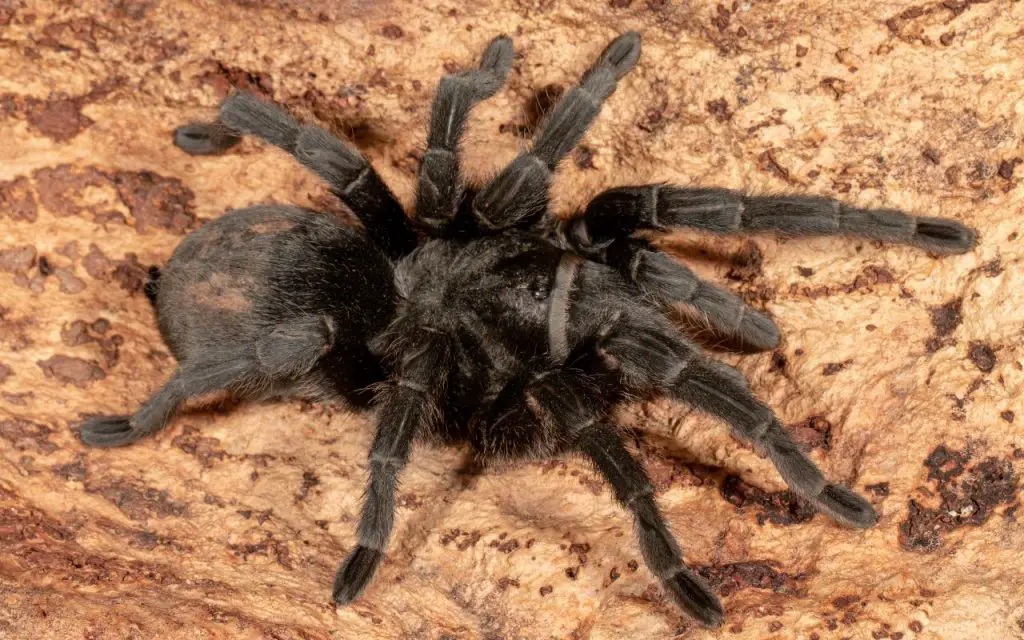
Tarantulas are not like other spiders
The small spiders that we see in our gardens in most countries are mostly Orb Weavers, Wolf Spiders, Sac Spiders, Jumping Spiders and House Spiders. All of these species are what we call “True Spiders” and have fangs that bite inwards from side to side.
Tarantulas are in a different group altogether, called the mygalomorphs. This group has fangs that bite straight down, and includes other large spiders like Funnelwebs and Trapdoor Spiders.

